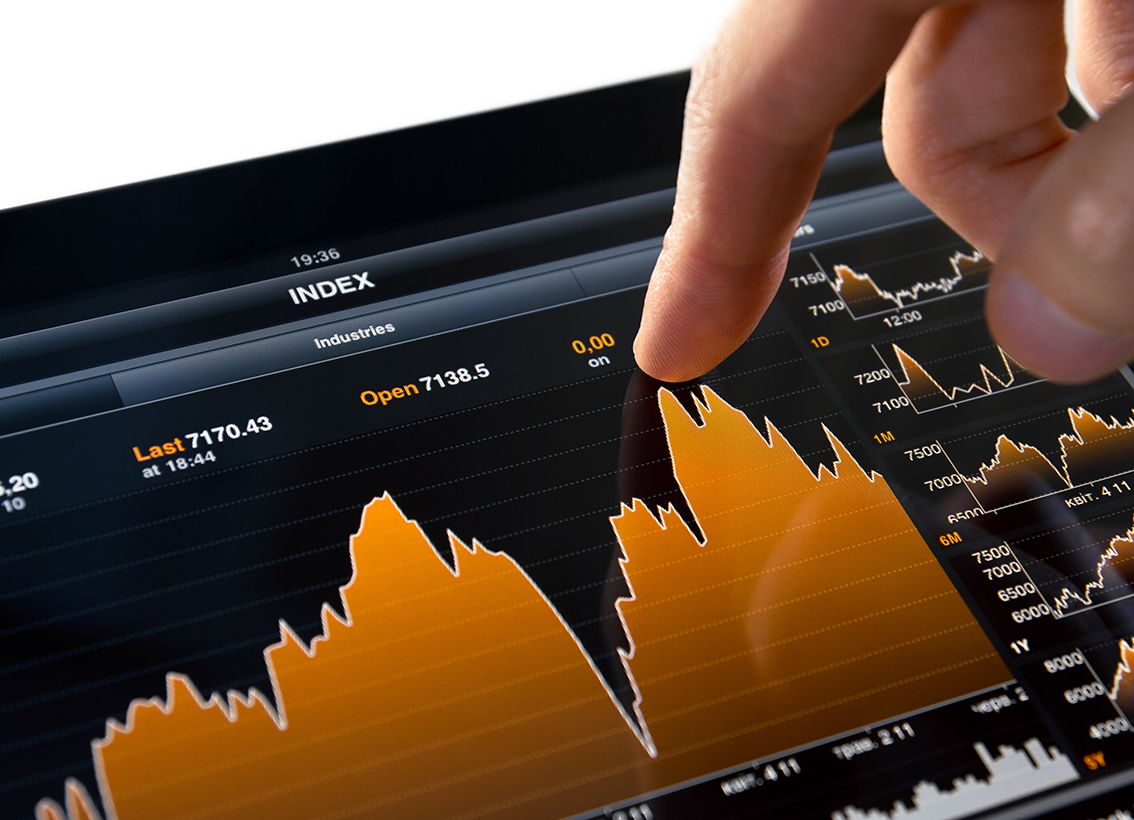With an end to sanctions on the horizon, investors and traders should be interested in the Tehran Stock Exchange.
The TSE is one of the world’s largest frontier markets. Combining its long history in share trade with a sprawling diversity in economic activity, the market now has a capitalization of $83.77 billion. In comparison, the total market cap of the 22 frontier markets listed on the FTSE Frontier Index Series amounts to $130 billion.
Markets that are not well integrated into the global stock market trade are called frontier markets. They are less developed than emerging markets and only occupy a peripheral position in the global share trade community.
A large part of the TSE’s size relative to other frontier markets is explicated by Iran’s demographics and economic outlook. The country has a young population of upward 75 million, low debts, large oil and gas reserves, mineral resources and a relatively large middle class.
The TSE is a unique frontier exchange from other perspectives too. Most notably, a very diverse range of companies are traded, ranging from oil, to finance, to pharmaceuticals and to car firms.
This picture should provide plenty of room for capital accumulation. Iran’s frontier status is also a regional outlier: all the other large economies in the Middle East are classified as either emerging or developed economies.
Despite its favorable environment, the TSE has remained relatively closed to foreign investors. This lack of foreign interest is not only due to western-imposed sanctions, but also to little global awareness about the stock exchange and Iran’s economy.
When he became acquainted with the TSE, Dominic Bokor-Ingram, a portfolio manager at Charlemagne Capital, exclaimed that: “Iran is one of the biggest mismatches between perception and reality that I’ve seen in 25 years in emerging markets.”
Quick Growth
The TSE began operations in 1967. In the decade preceding the 1979 Islamic Revolution, the market experienced quick growth. Between 1967 and 1978, the value of shares traded multiplied by 2,280 times, reaching 34.2 billion rials (at the time about $479 million). Revolutionary instability and the subsequent war with Iraq wreaked havoc on the TSE, reducing share trading to almost nil by 1982.
After the war, trade activities grew steadily. The number of listed companies increased from 56 to 422 in 2006. In 2003 the market even had the highest overall return of any member of the World Federation of Exchanges.
Currently, the TSE counts 325 active firms and has seen an uptick in activity brought about by a national privatization program that started in 2004. Under this plan, up to 80 percent of state-owned enterprises was to be sold off to the public.
Ten years ahead, the Iranian Privatization Organization, charged with overseeing this process, has sold over $120 billion worth of shares through more than 900 offerings. The TSE was responsible for up to 49 percent of these share offerings.
The largest companies on the TSE are all former state-owned firms active in key industries in Iran, like communications, oil, petrochemicals, finance and steel. They include Persian Gulf Petrochemical Industry, Bandar Abbas Oil Refining and Esfahan Oil Refining Company, Mobile Communications of Iran and Telecommunication Company of Iran, Mellat Bank and Mobarakeh Steel Company.
The TSE’s main index surged ahead between 2012 and 2013, when tough west-imposed sanctions and mismanagement under former president Mahmoud Ahmadinejad caused inflation of around 40 percent.
Depreciation of the domestic currency and inflation were not the only reasons for TSE’s success. In addition to privatization, secondary effects from inflation, such as lower wages, cheaper exports and stronger international competitiveness, worked in favor of the country’s business and trade community.
Right Direction
So why has the TSE been depressed since the start of 2014? Initially, this came as a surprise to investors. Not only had President Hassan Rouhani just assumed office and offered a professional path to reduce inflation and boost growth, but negotiations with the West also seemed to be going in the right direction.
A set of related reasons are at the root cause of the recent drop of the TSE’s index from 88,748 on January 8 2014 to 64,200 now. Notably, the privatization program has been blamed for re-allocating assets to a few semi-governmental organizations, as opposed to genuine public involvement. Continuing sanctions have also closed the Iranian market from foreign capital. As a result, the state has been forced to supplant this potential flow of capital and finance with its own resources.
Profitability has also fallen for TSE listed companies, as measured by the price-to-earnings ratio. While the average P/E ratio over the past two decades was 6, the last 15 months saw this benchmark drop to 5.6. Low profitability has been caused by a slump in finance and lending, as well as continuing low economic growth and slumping demand.
Lastly, the TSE, dominated by oil, petrochemical and steel companies, is heavily dependent on global prices of oil and minerals, both of which have dropped significantly over the past year.
However, it should also be pointed out that volatility is characteristic of frontier markets. Although the TSE has performed worse than the average frontier market in the Middle East and Africa, according to the FTSE data, it is most likely a temporary, balancing-out period in the stock market’s history in response to the extreme effect of sanctions on the economy.
Experts also believe that the stock market is unlikely to fall much further. Last month, the TSE experienced a short rally when news of a framework nuclear deal between Iran and the West spread.
The future of the TSE looks bright, particularly with a possible end of sanctions on the horizon. An end to sanctions could trigger a storm of investor interest. The stock exchange’s work slogan: “The superior exchange in the region and the driving engine behind the country’s economic growth” might not be so far off.


